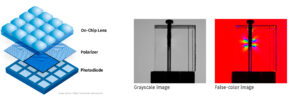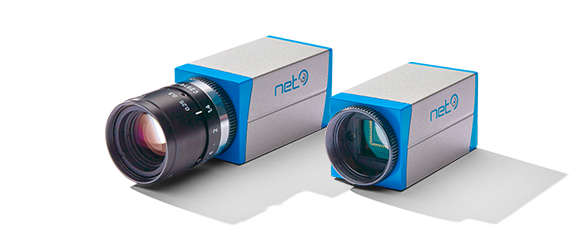
In some machine vision applications, it can be difficult or even impossible to make certain material properties or defects visible and thus evaluable using conventional methods. Polarization filters help in the defect inspection of material surfaces, which previously could not be detected or only with great effort. Examples where polarization can offer an advantage include:
- The visualization of stresses in transparent materials
such as glass or plastic - Suppression of reflections on mirror surfaces
- Contrast enhancement in fiber materials, such as
carbon fibers - Contrast enhancement in the case of surface defects,
such as scratches
With a new type of image sensor from Sony, in which the polarization filters are applied directly at sensor level, these advantages of polarization can now be exploited much more easily and cost-effectively than before.

detailed explanation of the technical basics, but also presents concrete application examples. Furthermore, you will learn how polarization sensors can be used in combination with our GigEPRO camera platform.


